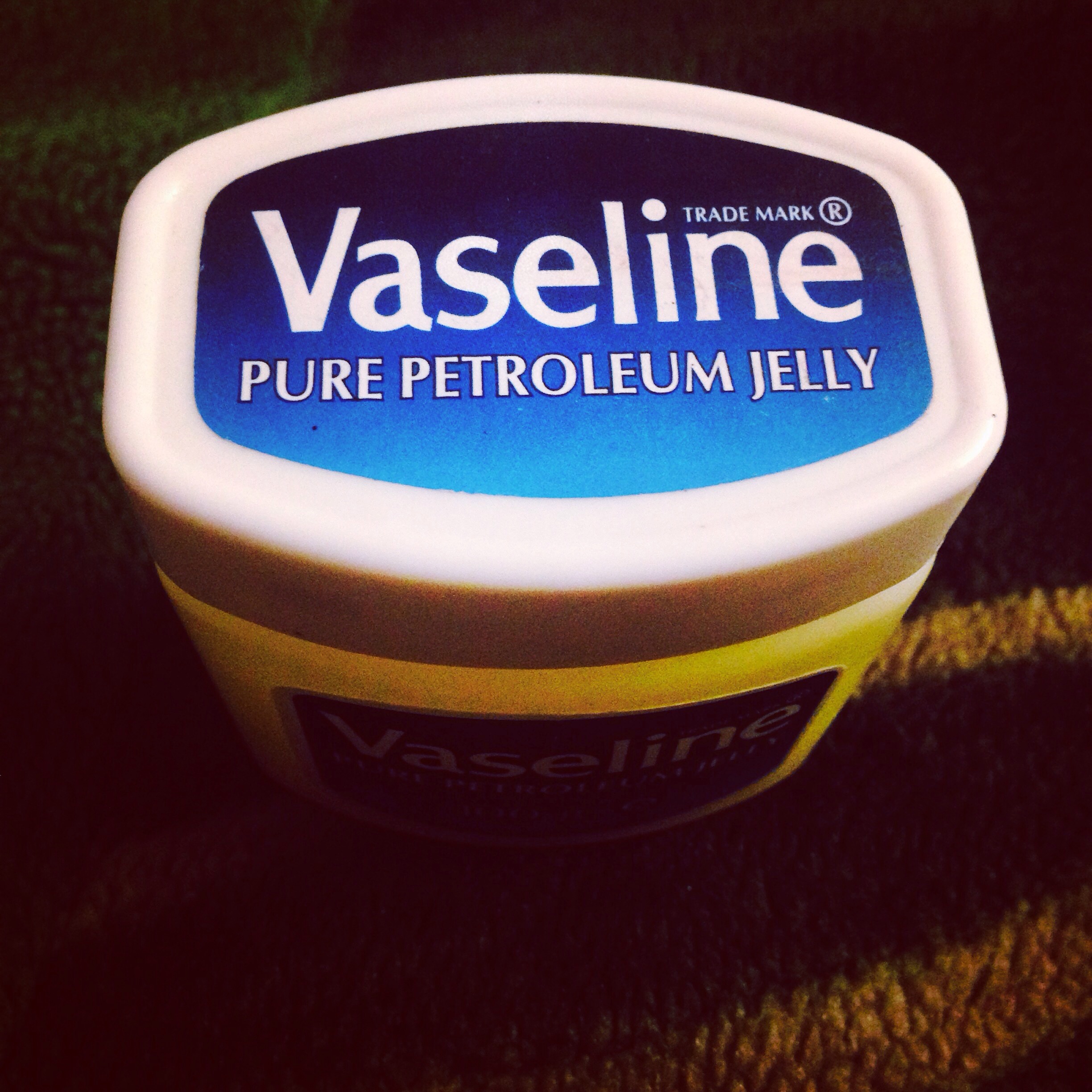Page Contents
Petroleum Jelly: A Secret Healing Weapon?
by John Brasington
For continued health and fast and effective healing of minor ailments at home, there are a few key items that we should always have to hand. And the good news is that most of us already have a dedicated first aid kit at home that contains essentials such as Band-Aids, antiseptic creams, and so on. But there’s often one very important item missing from the standard bathroom medicine cupboard – petroleum jelly (vaseline).
There’s two primary reasons why vaseline is often left out. Firstly, we don’t fully understand how products like Vaseline can help us, and we don’t fully understand what they’re capable of. Secondly, as with most healthcare, skincare, or cosmetics products, it can be difficult to know exactly how safe they are for day-to-day use. Are there any petroleum jelly dangers we need to be aware of?
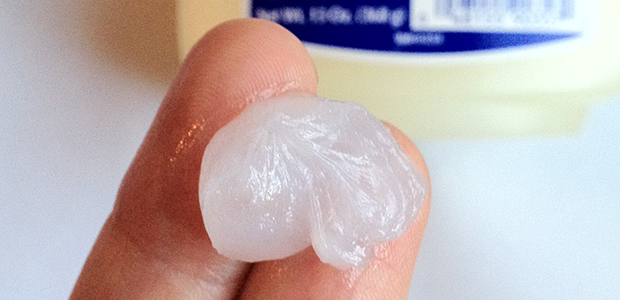
Addressing Perceived Petroleum Jelly Dangers
You may have heard friends or family members talking about petroleum jelly dangers, but with so much information and so many opinions floating around, it can be difficult to filter out the truth from the myth. The truth is actually very simple – the versions that are made from 100% petroleum jelly, like Vaseline, and which have no added chemicals, colors or fragrances, and no preservatives, are safe.
A pure product that is non-toxic, even if you accidentally consume some Vaseline it shouldn’t cause anything worse than a bit of a stomach ache (although it probably won’t taste that good, either).
Many of us are also worried not so much about the dangers, but more so about whether petroleum jelly could be detrimental to the skin. Again, the truth is very simple – with a 100% pure product, the risks of irritation or reactions is actually very low. This is because pure it is both hypoallergenic, and non-comedogenic, which means that it won’t block your pores. Vaseline is triple filtered for purity and boasts these claims so it’s a good choice when looking for a reliable and pure petroleum jelly product.
Health & Healing Uses for Petroleum Jelly
What many people don’t realise is that petroleum jelly is actually a very versatile – much more versatile that it’s often given credit for. We’ve all heard of it being used as an effective lip balm, but how else could petroleum jelly help us to stay healthy? How can petroleum jelly help to ensure we’re well prepared to tend to ourselves at home in cases of minor ailments or small injuries and accidents?
- Burns
If you suffer a minor burn at home, you may be able to successfully treat the wound at home. After holding the burn under lukewarm-cool water for 20 minutes, apply a layer of Vaseline. The petroleum jelly will prevent any germs or bacteria entering the wound, speeding up healing. If you experience irritation or discomfort, or sustain more severe burns, then always seek medical advice.
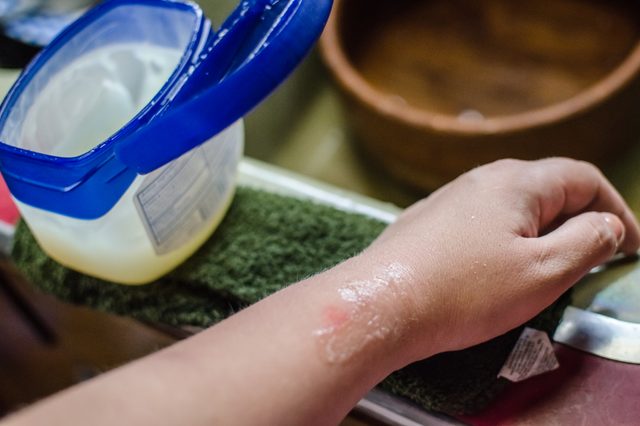
- Chafed Skin
The skin between the legs is very prone to chafing, especially for women who wear skirts as the skin can rub together and become very raw and painful. Petroleum jelly can help in two ways. Firstly, it forms a barrier that helps to protect the damaged skin. Secondly, it allows the skin the glide against itself, rather than pulling or dragging, and this can help minimize the risk of chafing occurring.
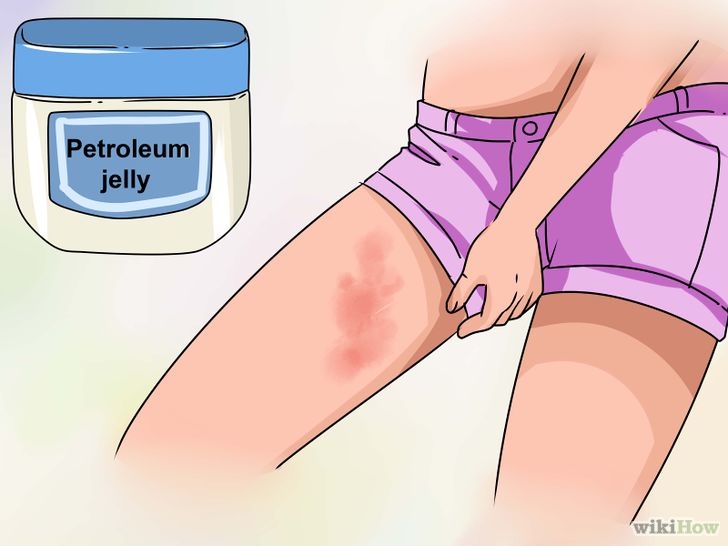
- Skin Rashes
If you have sensitive skin and regularly suffer with contact dermatitis (a rash caused by touching harsh cleaning chemicals or harsh cosmetics, for example), you’ll know that these rashes can be very itchy and irritating. While petroleum jelly won’t cure the rash, what it can do is help to relieve the symptoms, providing moisture to the skin and minimizing that frustrating itchy feel caused by dry skin.
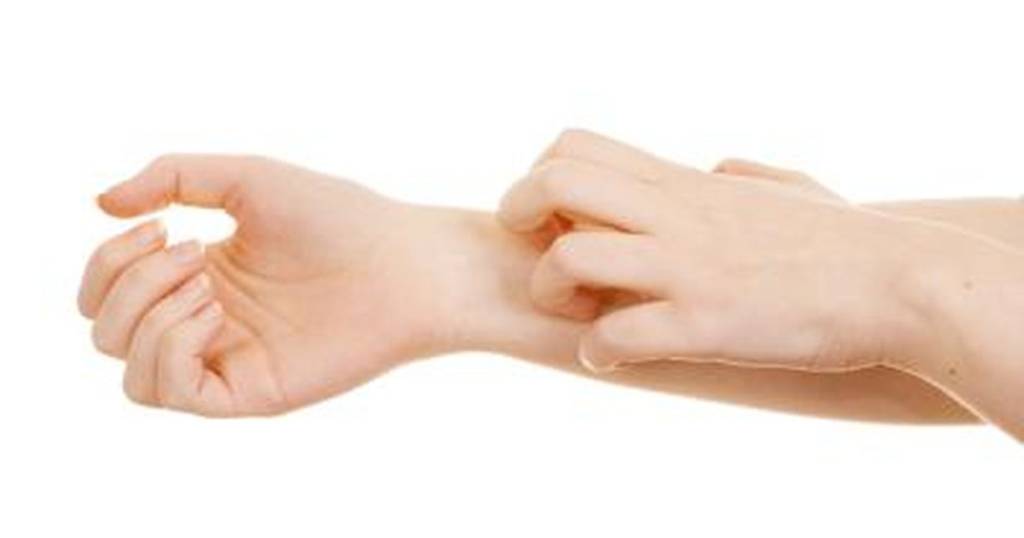
- Dry Skin
Dry skin is a very common condition, and it can be caused by a number of different factors, including being out in the sun too long, or using a harsh soap. You can treat dry skin with petroleum jelly – apply a generous layer to help lock in moisture and ensure your skin is getting the hydration it needs to thrive.
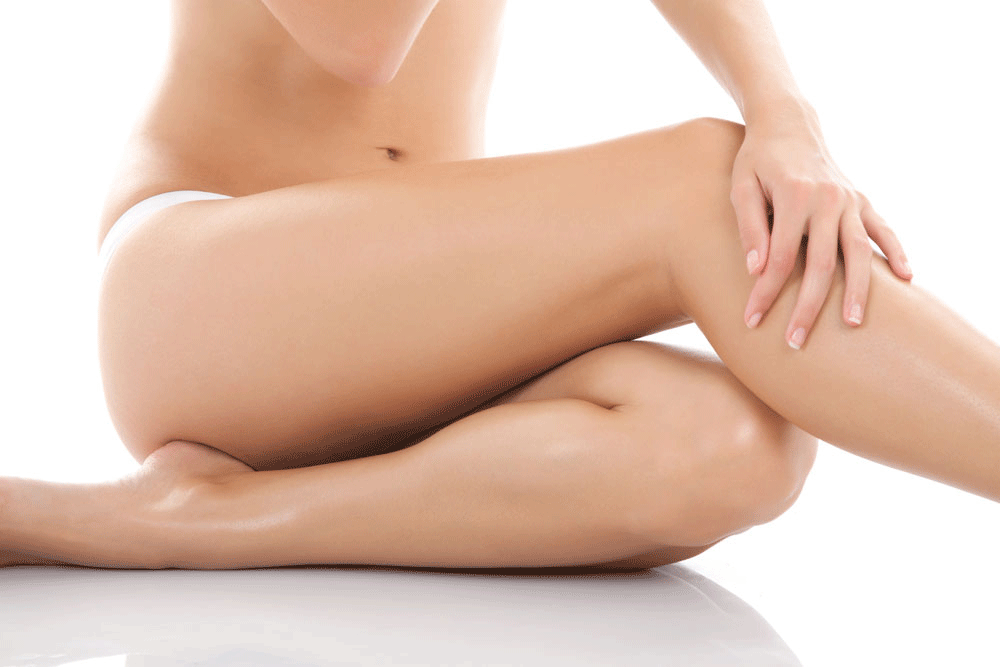
Read more on how petroleum jelly helps for diaper rash also…
